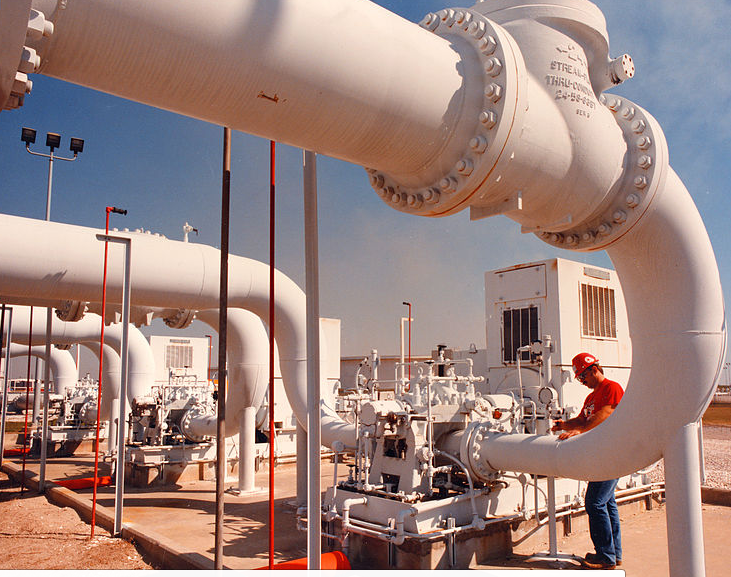On the whole, the cost of energy will decrease by 19.3% in 2016, which is slightly better than expected (minus 45% last year). In 2017, the World Bank expects a rise in prices by about 20%. At the same time, they will not recover even to the level of 2015. Moreover, prices may fall again if OPEC supply increases, and the reduction outside cartel is be lower than expected, said a senior World Bank economist John Baffes.
Last year, the total supply of oil grew by 2.7 million barrels per day (b/d), including 1.3 million b/d of OPEC countries (mainly Saudi Arabia and Iraq), and 1.4 million b/d of countries outside the cartel (the United states added 0.9 million b/d). However, the shale oil production in the US was at a record low in the first quarter of this year, and supply from countries outside OPEC fell by 300 thousand b/d (the decline recorded for the first time in 4.5 years). On average for 2016, the production is expected to reduce by 0.7 million b/d (the IEA and OPEC agree with these predictions). Probably, Russia has not yet been affected by this decline (the increase in production by 0.1 million b/d according to the forecast). OPEC production in the first quarter year-to-year was higher by 1.4 million b/d, but the monthly change in production was negative (mainly due to interruptions in the supply of Iraq and Nigeria).
Global non-commodity indices are also declining, partly because of excess supply, and (as in the case of raw material for industry) due to lack of demand. On average, the World Bank estimated that the fall in prices for non-energy raw materials this year will be 5%; 2017 will bring an increase of 2.3%. The most pronounced decline is expected for fertilizers (minus 13%) and metals (minus 8%). Food prices in the world as a whole has also decreased by 3.5% (last year - 15%), including grain falling in price by 5%. World Bank explains lowering these costs by the close correlation with the cost of energy: double reduce in the cost of fuel leads to food ten percent cheaper on the average.
source: telegraph.co.uk
Last year, the total supply of oil grew by 2.7 million barrels per day (b/d), including 1.3 million b/d of OPEC countries (mainly Saudi Arabia and Iraq), and 1.4 million b/d of countries outside the cartel (the United states added 0.9 million b/d). However, the shale oil production in the US was at a record low in the first quarter of this year, and supply from countries outside OPEC fell by 300 thousand b/d (the decline recorded for the first time in 4.5 years). On average for 2016, the production is expected to reduce by 0.7 million b/d (the IEA and OPEC agree with these predictions). Probably, Russia has not yet been affected by this decline (the increase in production by 0.1 million b/d according to the forecast). OPEC production in the first quarter year-to-year was higher by 1.4 million b/d, but the monthly change in production was negative (mainly due to interruptions in the supply of Iraq and Nigeria).
Global non-commodity indices are also declining, partly because of excess supply, and (as in the case of raw material for industry) due to lack of demand. On average, the World Bank estimated that the fall in prices for non-energy raw materials this year will be 5%; 2017 will bring an increase of 2.3%. The most pronounced decline is expected for fertilizers (minus 13%) and metals (minus 8%). Food prices in the world as a whole has also decreased by 3.5% (last year - 15%), including grain falling in price by 5%. World Bank explains lowering these costs by the close correlation with the cost of energy: double reduce in the cost of fuel leads to food ten percent cheaper on the average.
source: telegraph.co.uk



















